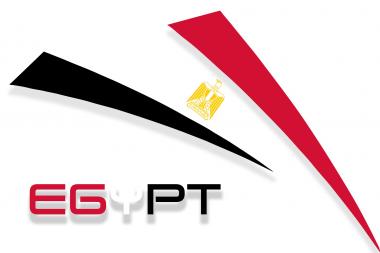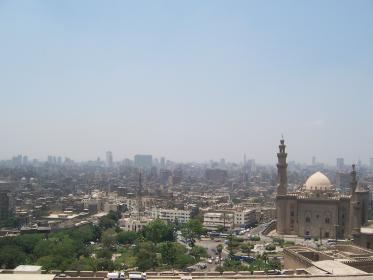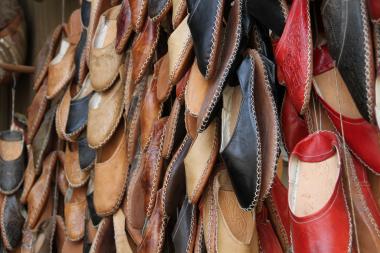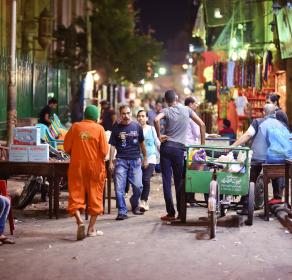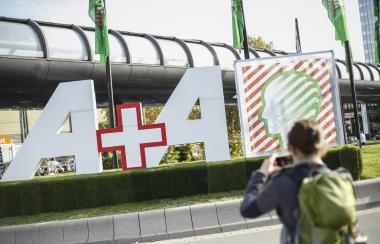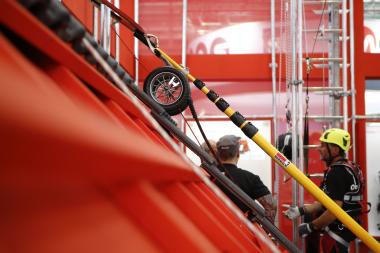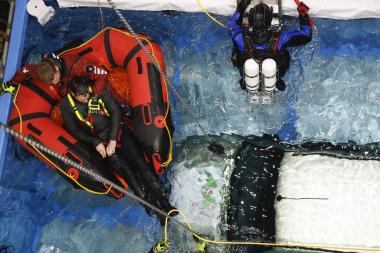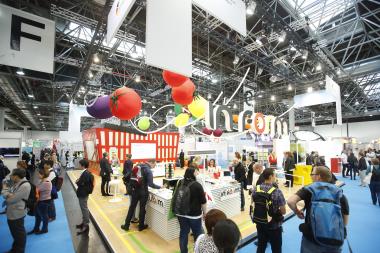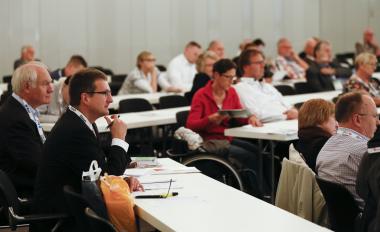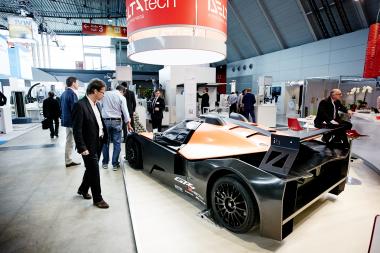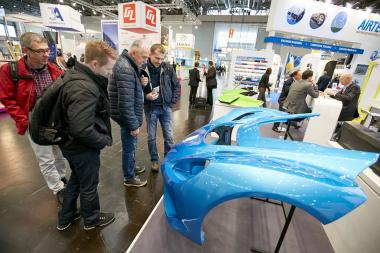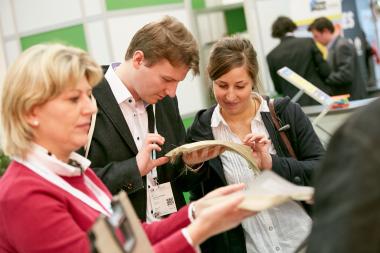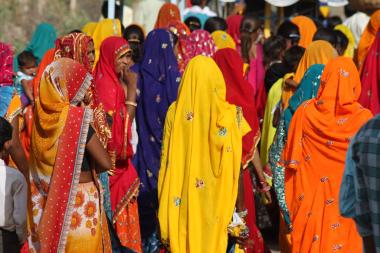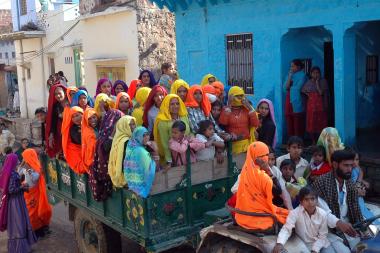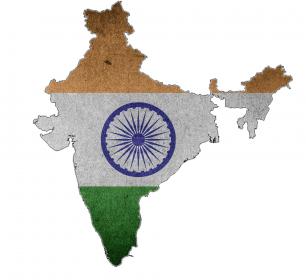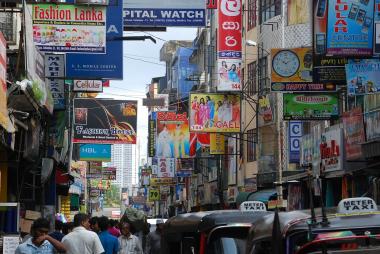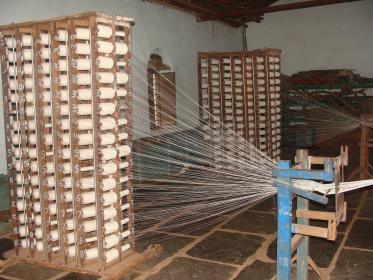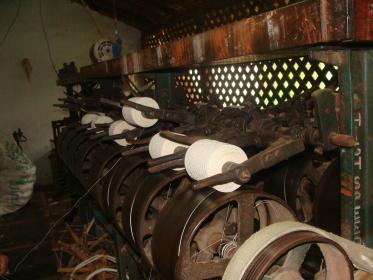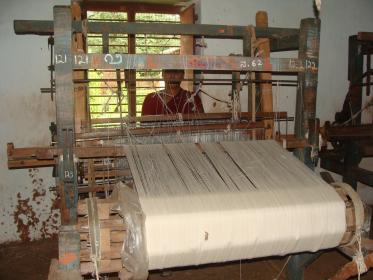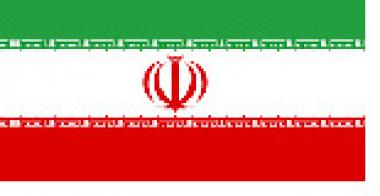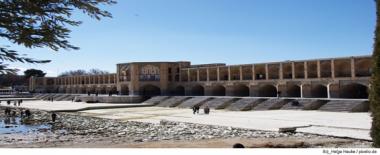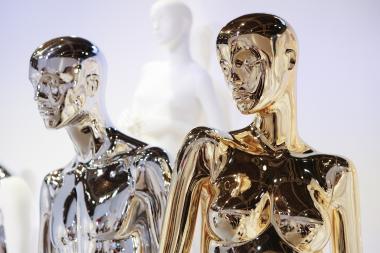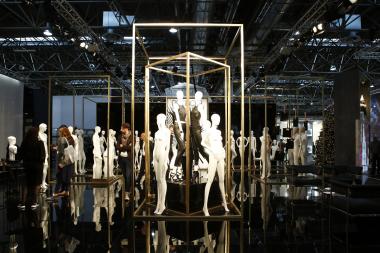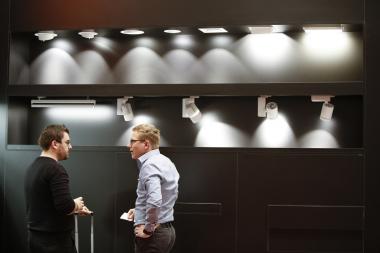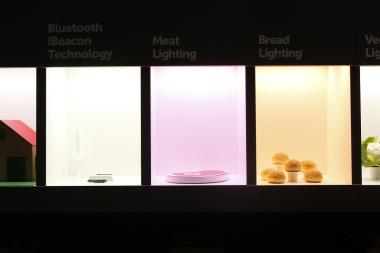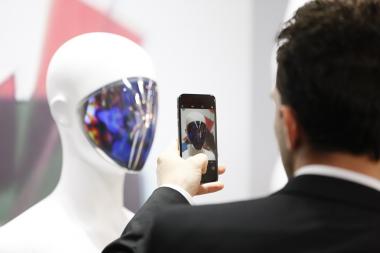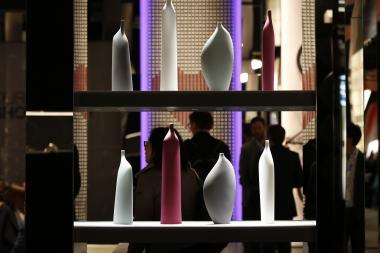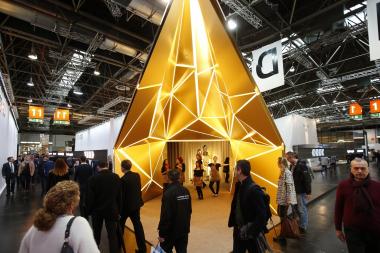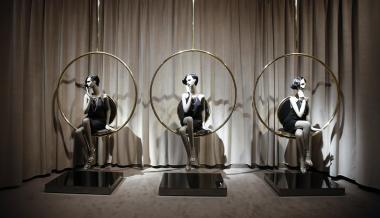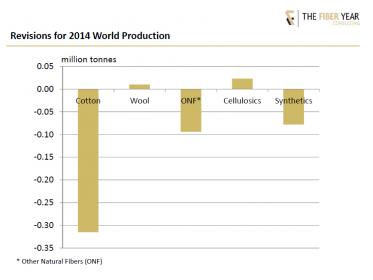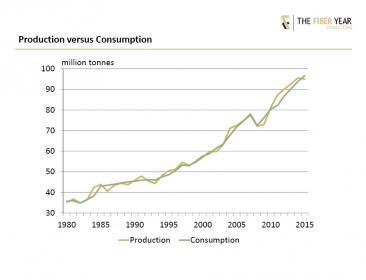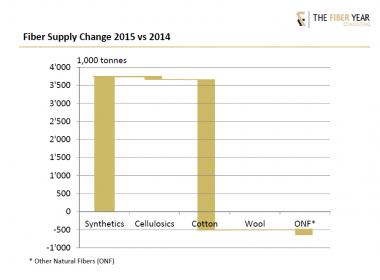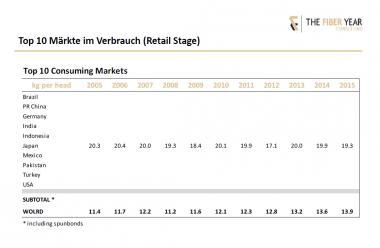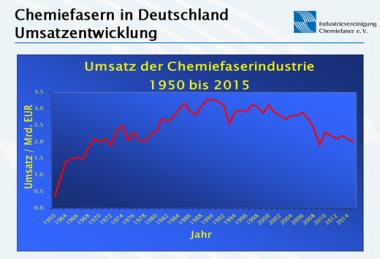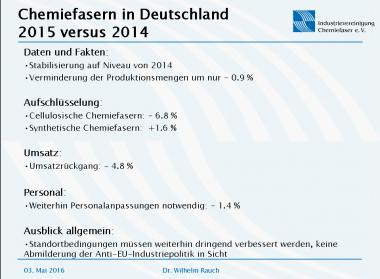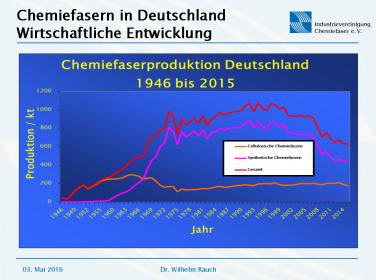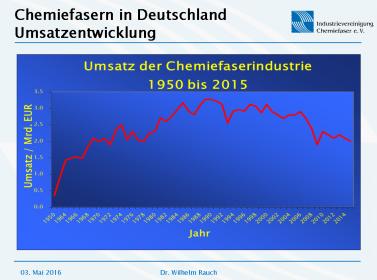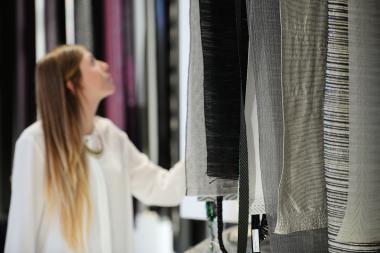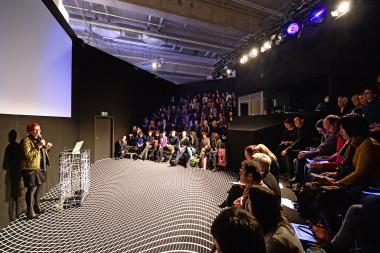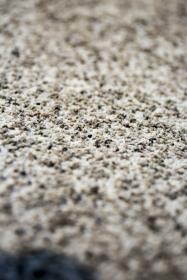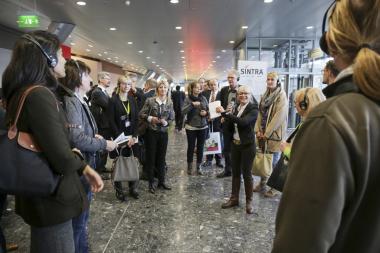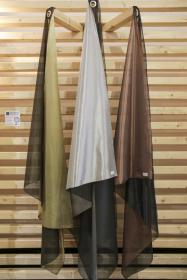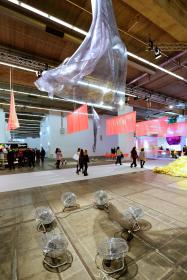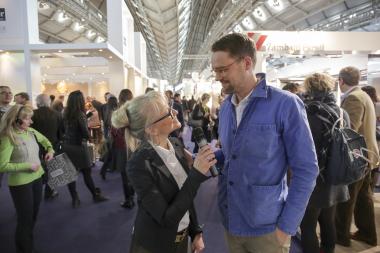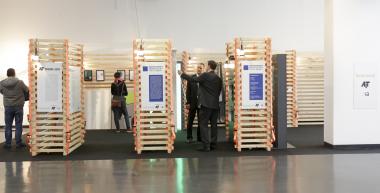TEXTILE AND CLOTHING MANUFACTURERS INVEST IN EGYPT
- Chinese companies are planning several major projects
- Germany is supplying more textile and clothing machinery
Several Egyptian and Chinese companies have announced some heavy manufacturing investments in textiles and clothing. The government is committed to creating new production priorities for textiles and wants to increase added value. Labor-intensive industries benefit from the low value of the Egyptian pound for their exports. For textile and clothing machinery, Germany achieved a delivery share of around 20 percent in 2016. In the Egyptian textile and clothing industry, the signs point to expansion and modernization. Local media reported on a series of investment plans by Chinese and Egyptian companies. According to the newspaper Al Gomhouria, a Chinese producer is planning the world's largest textile factory for USD 6 billion in the economic zone on the Suez Canal. The Chinese companies TIDA and Shoon Dong Roy want to build a clothing factory for USD 800 million. Sino-Egypt Minkai plans to build a textile industry complex for around USD 750 million. The local paper and stationery manufacturer Mintra plans to start the production of sports shoes with an initial investment of USD 50 million. Manufacturing in the 10th of Ramadan City is scheduled to begin in mid-2018, serving both the domestic and overseas markets. Egypt is still importing about 85 percent of the shoes sold in the country.
Oriental Weavers plans to purchase new production lines, machinery and equipment in 2018. For this purpose, EUR 6 million are to be invested. According to the newspaper Al Shorouk, the expansion will be financed by a bank loan.
State relies on new textile cities and more value added
The Egyptian state also wants to strengthen textile and clothing production. The Ministry of Investment and International Cooperation, the Supreme Council for Textile Industries and an unnamed Chinese partner want to set up a free zone for textile production in Minya. The ministry plans to provide part of the funding through international institutions and create specialized training programs for workers. According to media reports, the project value should be at USD 324 million.
In early 2017 the Egyptian Ministry of Industry announced that it would set up new textile production centers at a total of ten locations. In particular, spinning mills and weaving mills are in the spotlight. This perspective is shared by the Ministry of the Public Sector. It is aimed primarily at increasing value adding and therefore carried out a study in 2017.
Import demand for textile and clothing machinery is expected to increase
Egyptian textile and clothing companies often produce with a lot of manual work and partly outdated machines. On the one hand, the government is keen to ensure that as many jobs as possible are created for the approximately 800,000 young people who enter the market each year. On the other hand, a more automated and modern production of textiles and clothing would enable more complex products. These could be sold at a higher profit, but may also require less human labor.
An Indian company has secured a contract to modernize cotton processing. In compliance with a framework agreement with the Cotton and Textile Industries Holding, Bajaj Clothing automates cotton ginning systems. A total of eleven companies in different parts of the country will be equipped with the new machinery until August 2018. In late December 2017, Egypt Today announced that the government wants to modernize the spinning and weaving mills in Northern Egypt. The investment volume will amount to a total of one billion Euro over a period of five years.
The newly announced projects are expected to increase the demand of import machinery in the near future. Like other types of equipment, the vast majority of textile and clothing machinery will be imported into Egypt. Deliveries from Germany were able to improve both in absolute terms and relatively in 2016, despite an overall shrinking of the volume of imports. The German supply share jumped from 15.8 to 20.4 percent compared to 2015.
| HS Category | 2015 | thereof from Germany | 2016 | thereof from Germany |
| 8444 | 1,135 | 0 | 4,481 | 2,025 |
| 8445 | 34,550 | 10,653 | 26,105 | 5,429 |
| 8446 | 18,902 | 984 | 23,591 | 13,346 |
| 8447 | 26,040 | 5,940 | 15,713 | 3,052 |
| 8448 | 23,39 | 5,158 | 20,574 | 3,365 |
| 8449 | 440 | 0 | 299 | 0 |
| 8451 | 34,796 | 3,335 | 36,512 | 2,334 |
| 8452 | 30,456 | 1,264 | 23,186 | 1,698 |
| 8453 | 3,087 | 5 | 3,678 | 137 |
| Summe | 173,145 | 27,339 | 154,139 | 31,386 |
Source: UN Comtrade
The consequences of the release of the Egyptian pound in November 2016 will mainly benefit labor-intensive industries and those that are processing mainly local raw materials. After October 2016, the value of the EURO soared from just under 9 to 21 Egyptian pounds and has stabilized at this level. According to various figures the textile and clothing companies in the country employs between 1.0 and 1.2 million workers. It is reported that state-owned enterprises are strongly represented in the textile sector, while the private sector plays a greater role in the clothing sector.
The advantage is dampened by the import requirements for cotton. In Egypt, especially soft and high-quality long-staple cotton is grown and exported. By contrast, domestic textile and clothing companies mainly use short-staple cotton from abroad as a raw material. Their import as become more expensive due to the currency developments. Nevertheless the competitiveness of Egypt's textile and clothing exporters has improved as a result of the new foreign exchange situation. Their exports should have developed better in 2017 than at the peak of the currency liquidity crisis in the previous year. At that time, exports fell by12.6 percent to around USD 1.7 billion.
| HS Category | 2015 | 2016 | Change 2016/2015 |
| 57 | 339.8 | 303.5 | -10.7 |
| 60 | 2.0 | 35.7 | 1,685.0 |
| 61 | 483.6 | 388.0 | -19.9 |
| 62 | 870.4 | 756.6 | -13.1 |
| 63 | 262.2 | 227.2 | -13.3 |
| Summe | 1,958.0 | 1,711.0 | -12.6 |
Source: UN Comtrade
Increasing labor costs at Asian production sites, long transport routes and sometimes dissatisfaction with the product quality make some customers look for new sources of supply for textile and clothing products. According to a report by the news portal Middle East Eye, Egypt lies at least with USD 100 as a monthly salary for workers roughly equivalent on a level with India or Bangladesh and about half of Chinese salaries. In addition, the country at the Suez Canal is capable of fast deliveries to Europe and the United States. Regional competitors include Turkey and Tunisia. Egyptian manufacturers are not always recognizable as such, as they often manufacture for major international brands. Middle East Eye names Calvin Klein, Decathlon, Tommy Hilfiger and Zara as examples. In November 2017, Dice Sport and Casual Wear agreed to supply Levi Strauss & Co. with children's clothing.
Since 2017, Egypt became part of the Better Work Program of the International Labor Organization. The program includes 30 apparel factories in which the working conditions should be improved. Such confirmations could then give Egyptian products competitive advantages in export. However, to stand up to the tough international price warfare and at the same time to meet by the customers expected production standards will be a challenge.
Oliver Idem, GTAI


